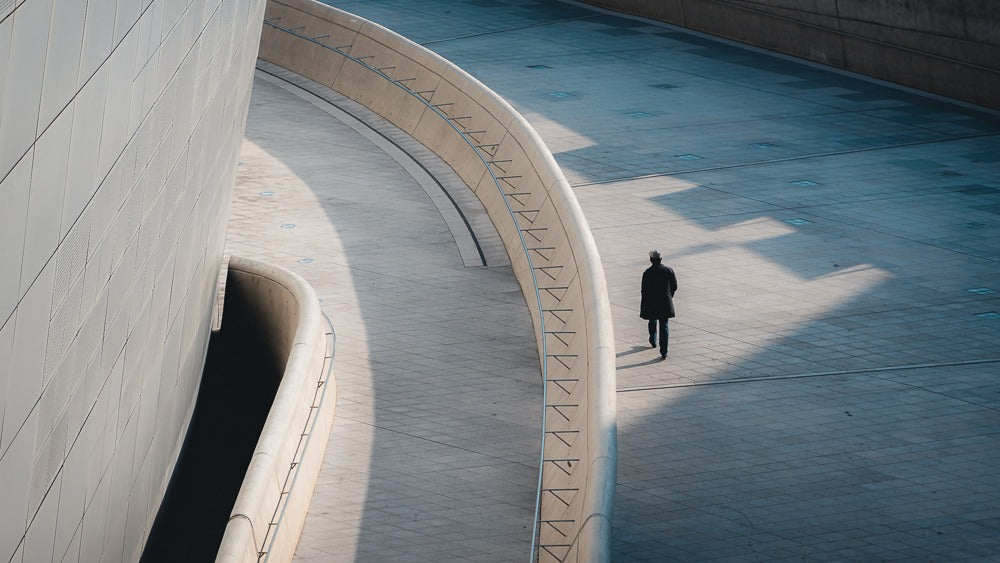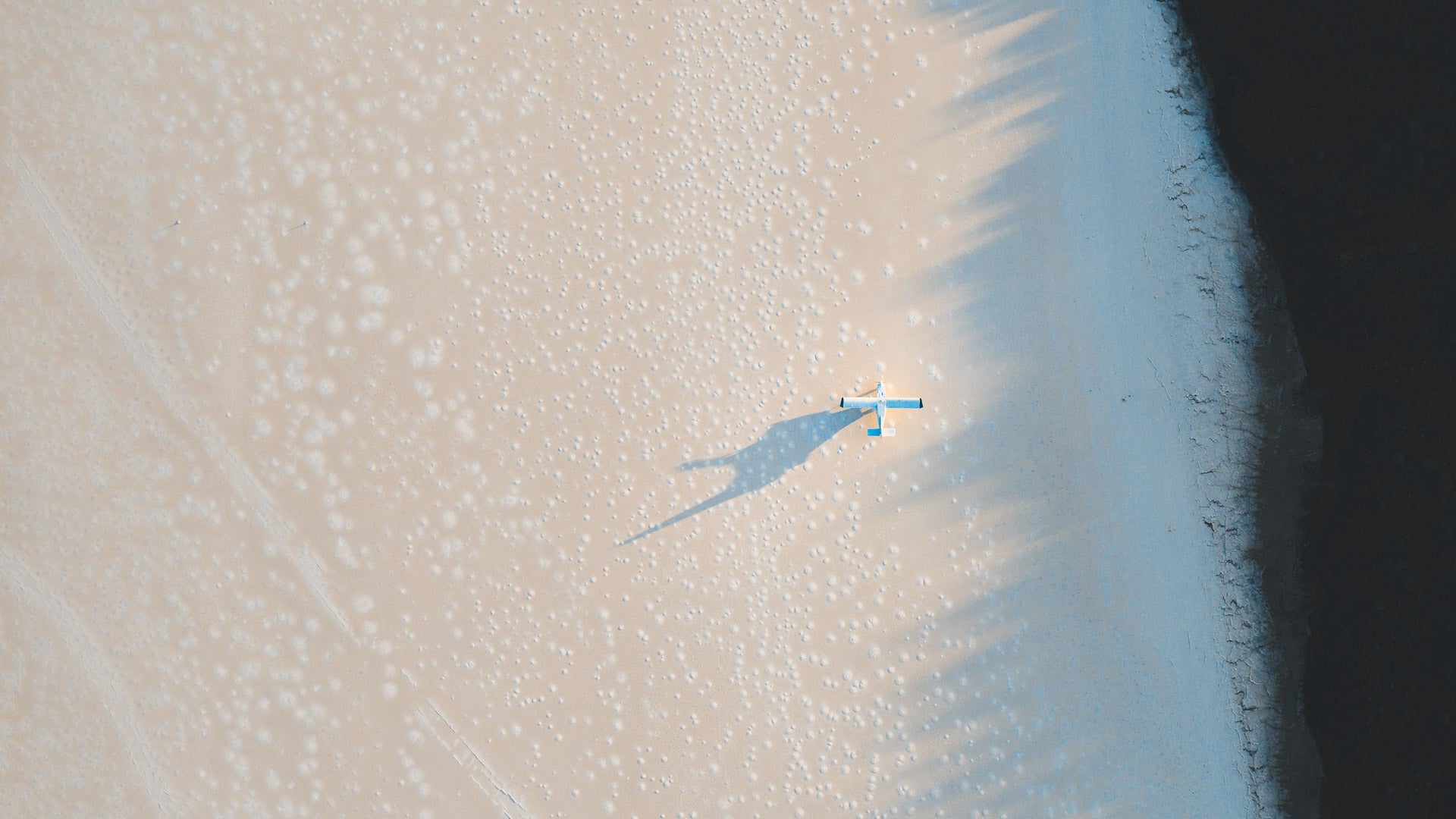Storytelling in photography, or storytelling in any visual medium for that matter, is at the heart of any good visual piece.
But what exactly is it, and how does it differ to how we know storytelling to be traditionally told—through words?
Well, the good thing is that stories, both visual and auditory, are an exercise of the imagination.
When you’re told a story, it’s a recount of events that have taken place. Someone telling you what happened, you imagining that story in your mind's eye, not only thinking about what might have happened to the storyteller but also infusing your own previous experiences with it as well.
This is important because good storytelling isn’t a one-shot affair. It’s not just a piecing together of what happened; it’s more than that.
Storytelling is also a recall of our own experiences and imagination, fused with a recount of events.
It’s our own experiences and imagination that give emotion to the story, and it’s the story that invites us to do that.
Not everyone sees the same story
But the thing is because we all have our own unique experiences, our own unique imagination, regardless of whether a story is told directly, or indirectly, no two interpretations will ever be precisely the same.
Even after watching the same movie as someone else, no two people will have exactly, scene-for-scene, line-for-line, the same opinion as another.
This is an important fact to remember as it pertains to photography specifically, as many people think that stories are a “one-and-done” scenario; that every image results in the same message being told to everyone, and that’s just not true.
The role of the photographer is to provide a message to the viewer; a suggestion of how to interpret the incoming stimuli.
The role of the viewer is to understand that image and infuse emotion, feeling, meaning, and value; if it calls for it successfully.

What is a successful story?
Better than asking what is a “good” story, is asking what is a “successful” story.
How successful a story might be determined by how much emotion it invokes, or how unanimoustory-tells the overall consensus of what is being conveyed, how hard it makes people think, or how much it stops people in their tracks, etc.
It’s the same difficulties as we face when we think about what makes a “good” image; what exactly are the constituent parts of what makes an image “good”, and what even is “good”, anyway?
All these things are ultimately up to the photographer to decide. Still, if we take a common success metric of a successful story to be one where viewers understand the image and can form a story on their own, we can make good progress towards how to craft more compelling stories in our images.
How to story-tell in photography
And so the question arises; how do we story-tell in photography successfully?
Well, for better or for worse, we have only two ways to do it in photography.
Those two ways are Single images and Multiple images and both have their places and times.

Storytelling in photography with single images
The main focus of single images is what I call insinuated stories.
That is, stories that are presented, but left with an open interpretation; an invitation for you as the viewer to create the story yourself through, aided by your own experiences and imagination.
With a single image, there is no setup. There is simply what is presented to you, no more, no less. As such, the use of strong visual language cues helps photographers direct viewers into a particular path of emotion and feeling.
Visual language is the way we use single or a combination of elements that come with pre-established cultural meaning.
For example, the use of leading lines tells viewers which part of the image to focus on. A small figure in a giant landscape can spark a feeling of grandiosity or loneliness. The use of the colour red sparks passion, excitement, and action.
It’s through the masterful combination of these visual language cues that the photographer can guide the viewer into a narrower path of understanding, usually leading to more thoughtful and thus more compelling images that say more than your average snapshot.
This is what we call “vision” in photography; the ability to see these elements come together in the field and to capture them successfully.
Storytelling in photography with multiple images
Using multiple images is a little more straight-forward.
The focus of using multiple images for storytelling in photography can be more around the idea of a narrative arc.
Every good story at a baseline has a beginning, middle, and end, and it’s our job as photographers to answer the question: how might we best show this arc from end to end via a series of images?
There’s a lot of leeway here, and we have a lot of traditional narrative arcs to draw from: the hero’s journey, rags to riches, riches to rags.
But it could even be as simple as introduction, climax, resolution.
For example, if you wanted to tell the story about your first time visiting a new location, you could set up your sequence in the following way:
- Shot 1: Tight shot of packing bags
- Shot 2: Medium shot of navigation in the car on the way to the destination
- Shot 3: Medium shot of walking at the trailhead
- Shot 4: Epic, wide drone shot at the summit
- Shot 5: Dronie of you and your buddies during sunset
The possibilities are endless.

But, not every image needs a deliberate story
That is, you as the photographer don’t need to be intentional to tell a story with every image you create.
However, that won’t stop viewers from creating one anyway. We’re human, that’s just what we do. We’re wired for story.
What we don’t need to do, however, is to create tremendous pressure on ourselves to purposefully tell stories with every shutter we click.
The art of documenting even simple, daily life, is one of photography’s purest pleasures. And a lot of times, there is no intention behind these images than to simply record what’s in front of us. That, in and of itself, is the “story”.
There’s absolutely nothing wrong with this; in fact, most of my images are these types of images.
But of course, that doesn’t mean that we can’t also make those images the best we possibly can, using all the techniques at our disposal to preserve our memories in the best shape they could potentially be.
tl;dr
Storytelling is an exercise in imagination.
The stories we are told require our imagination to both create and to fill the space between.
As such, no two interpretations of the same story between two different people will ever truly be exactly the same, because we all come from different experiences and have different imaginations.
Unlike mediums like video, photography and other 2-dimensional, still, visual mediums have just two ways to story-tell...
A single image provides an opportunity for an insinuated story; one where the imagination of the viewer has more of a part to play in understanding the image and assigning an emotion or feeling to it.
Multiple images provide photographers with an opportunity to story-tell around a narrative arc; to tell a story that flows from A to B.
In both instances and in all of photography, we use Visual language techniques and the power of pre-established cultural meanings to help “say more” in our images and gently coerce our viewers into feeling a particular way, or experiencing a specific emotion generated from their imagination.



